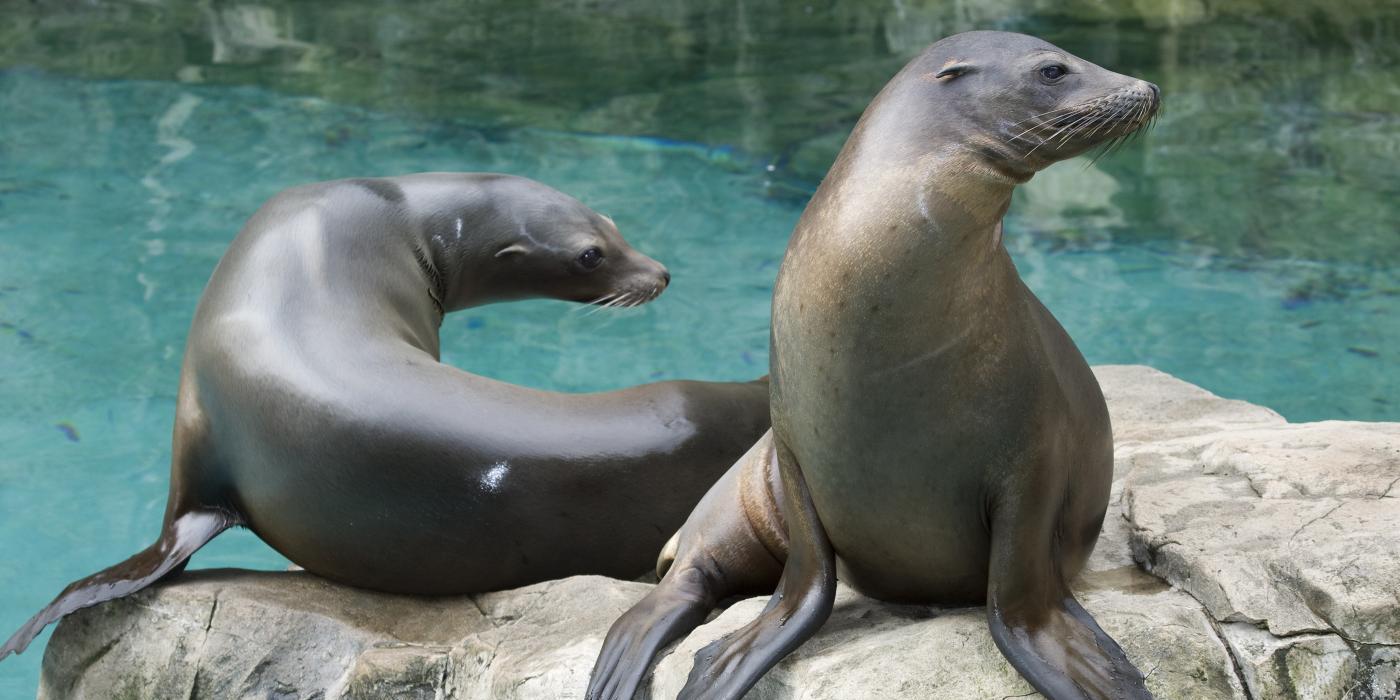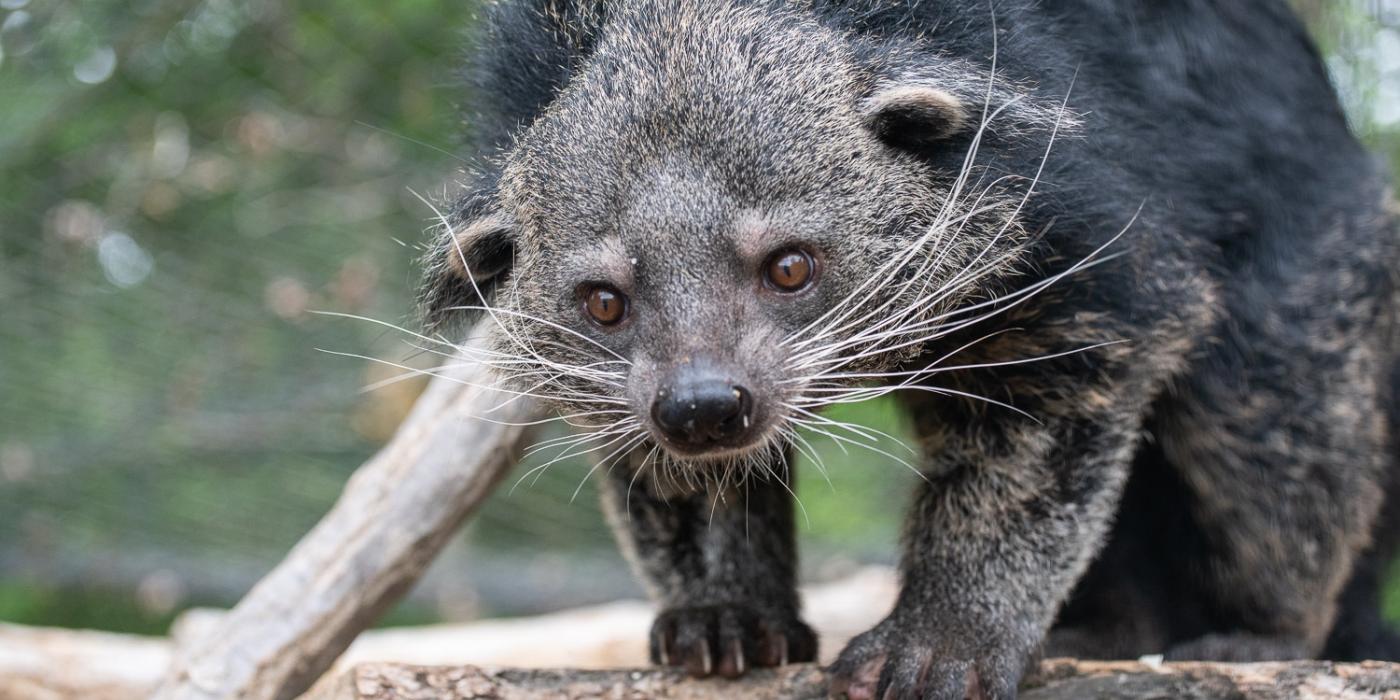New at the Zoo: Meet Sea Lion Ronin
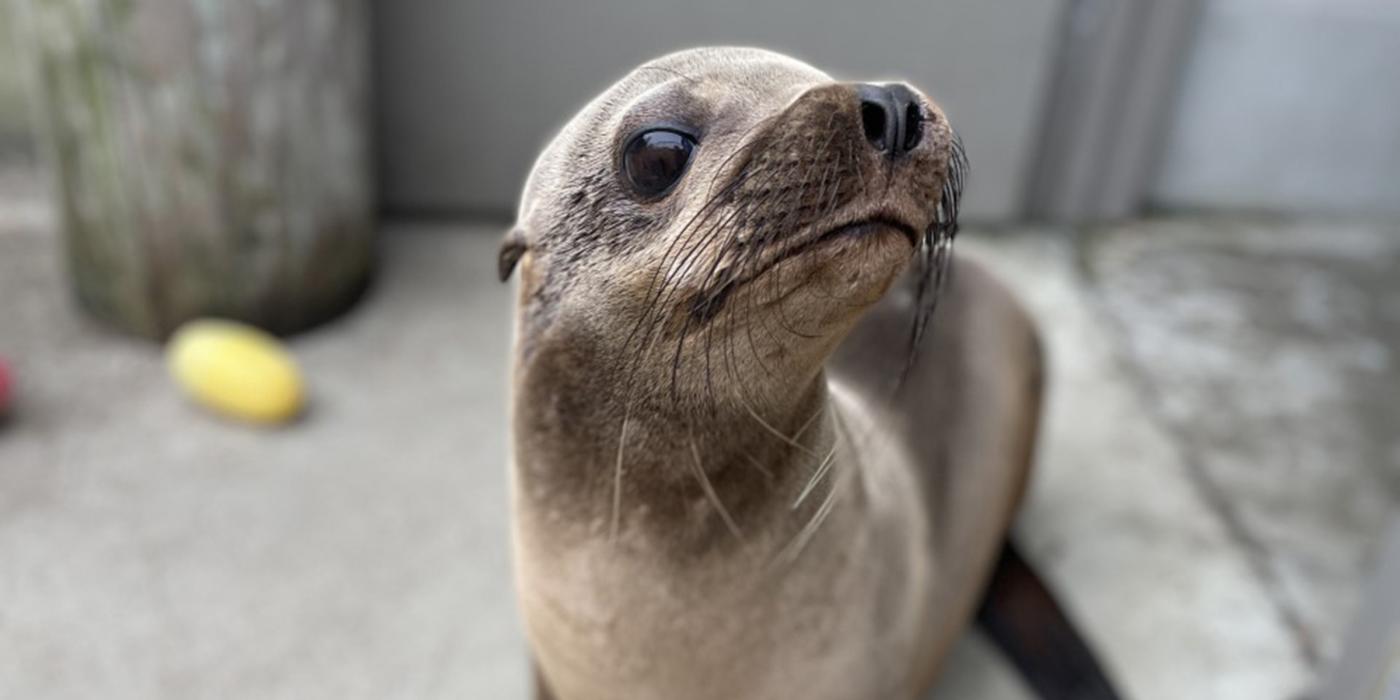
How did Ronin come to live at the Zoo?
Ronin is an amazing success story that highlights the hard work that rescue centers and zoos do for wildlife. Ronin was found stranded on the coast of California in March 2022 and was brought in to the Pacific Marine Mammal Center (PMMC). Her size indicated that she was less than a year old.
As Ronin was being rehabilitated, staff noticed that she was having difficulty swallowing her fish. Further examination by the veterinary team revealed Ronin lacked salivary glands necessary for her to effectively swallow her food. Being unable to feed herself, Ronin was deemed non-releasable.
A sea lion trainer from a nearby aquarium trained Ronin to swallow her fish. In that time, she made amazing progress—from staff physically assisting her with swallowing; to eating small pieces of fish on her own; to eventually learning how to swallow whole fish with no assistance.
The Smithsonian’s National Zoo and Conservation Biology Institute has worked with PMMC in the past in acquiring rescue animals. We still have our 17-year-old female sea lion, Summer, who was rescued at just a few days old. Ronin has been an exciting addition to American Trail, and we are eager to share her story with visitors!
What is Ronin’s personality like?
Ronin is curious, playful and adaptable. She displays all of the typical behaviors of a juvenile sea lion and often interacts with the other sea lions. The past year of stranding, learning how to effectively eat, and now becoming a part of our training program have proven just how adaptable Ronin is to any situation.
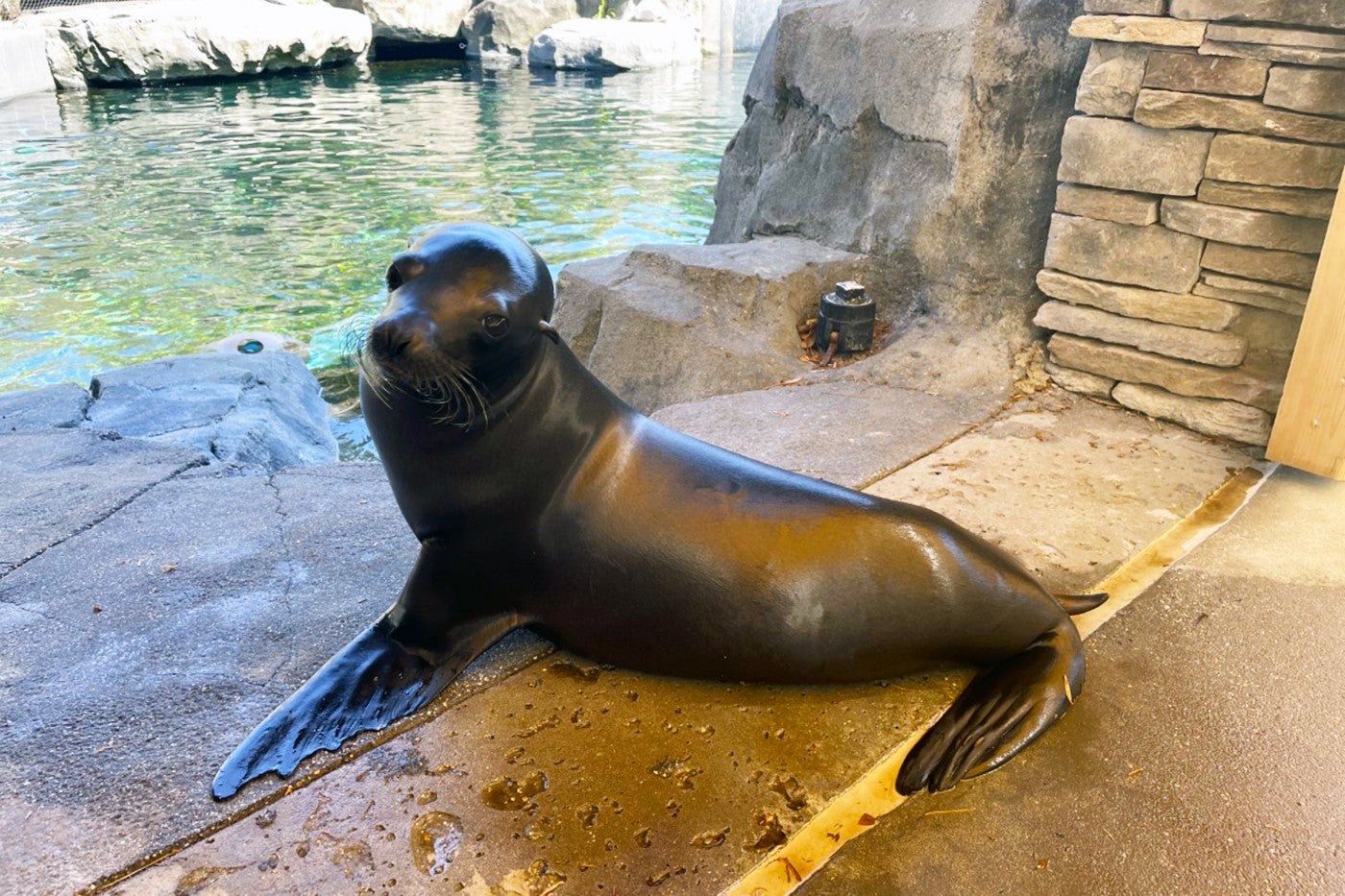
How did the sea lions react to meeting each another?
We strive to create an environment that mimics their lives in the wild as closely as we can. Sea lions are social, so Ronin was very excited to meet our resident sea lions!
The best part of working with Ronin has been seeing her fully integrate with the colony. She showed a lot of curiosity through the fence before they were put together. She continues to follow them in the water and sleep next to them on land.
Summer and Sidney have both met multiple young sea lions, including Celia when she was born! Meeting Ronin was no different and they adapted quickly. Celia took a few more days to adjust to a little one following her around. There was a little bit more chasing than with the older ladies, but now Ronin can often be seen following Celia around on exhibit. We are all very excited for Celia to have a young playmate!
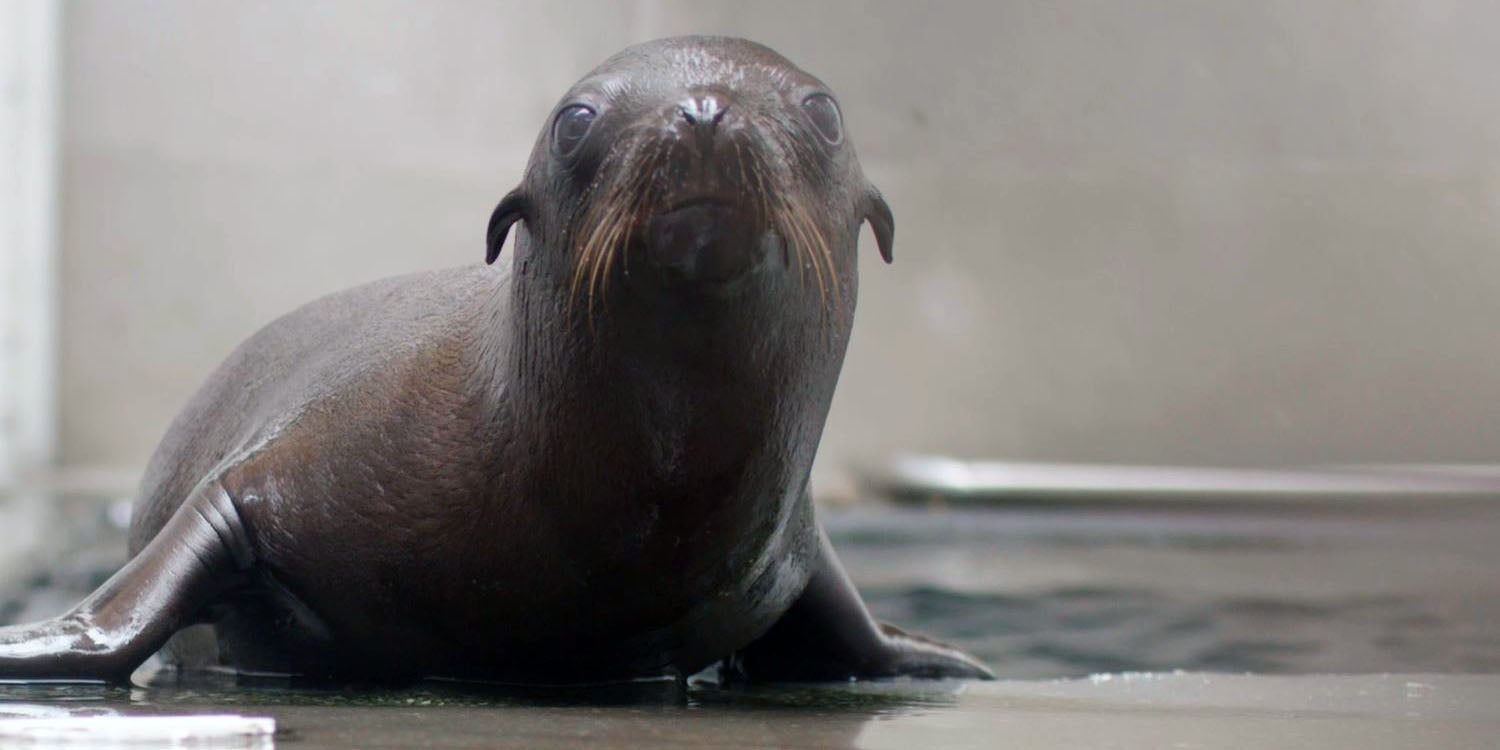
What do wild sea lions eat? Does Ronin have a favorite food?
Sea lions are opportunistic hunters that primarily feed on fish, squid and octopus. They use their sharp teeth to grab and hold onto their prey, but do not chew at all. Rather, they swallow their prey completely whole. If a prey item is too large, they will whip their heads around to tear their prey into smaller pieces.
We are fortunate to have the resources to feed our sea lions a variety of fish: mackerel, herring, squid, capelin and butterfish. Ronin will eat most of what we offer her. However, she seems to prefer the mackerel, a larger fish which is cut up into smaller chunks for her.
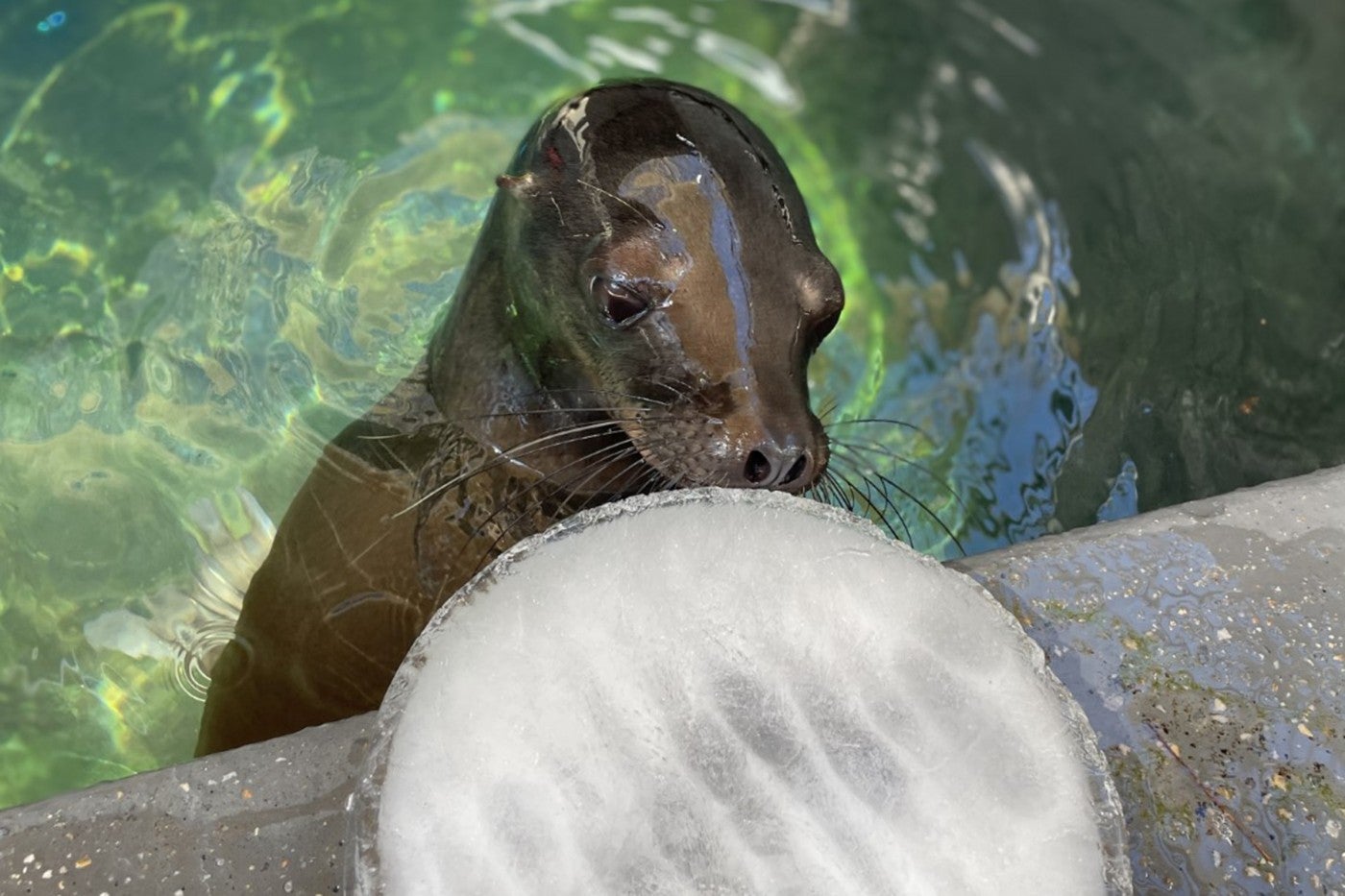
Does she have a favorite enrichment item?
The enrichment we provide the sea lions promotes exploratory behavior. We will occasionally offer ice with frozen fish inside. Although this does not replicate the hunting they do in the wild, it offers our sea lions a chance to work a bit for their food.
Ronin can occasionally be seen investigating and pushing around enrichment items such as boomer balls and ice, but she is more interested in exploring her habitat and interacting with the other sea lions.
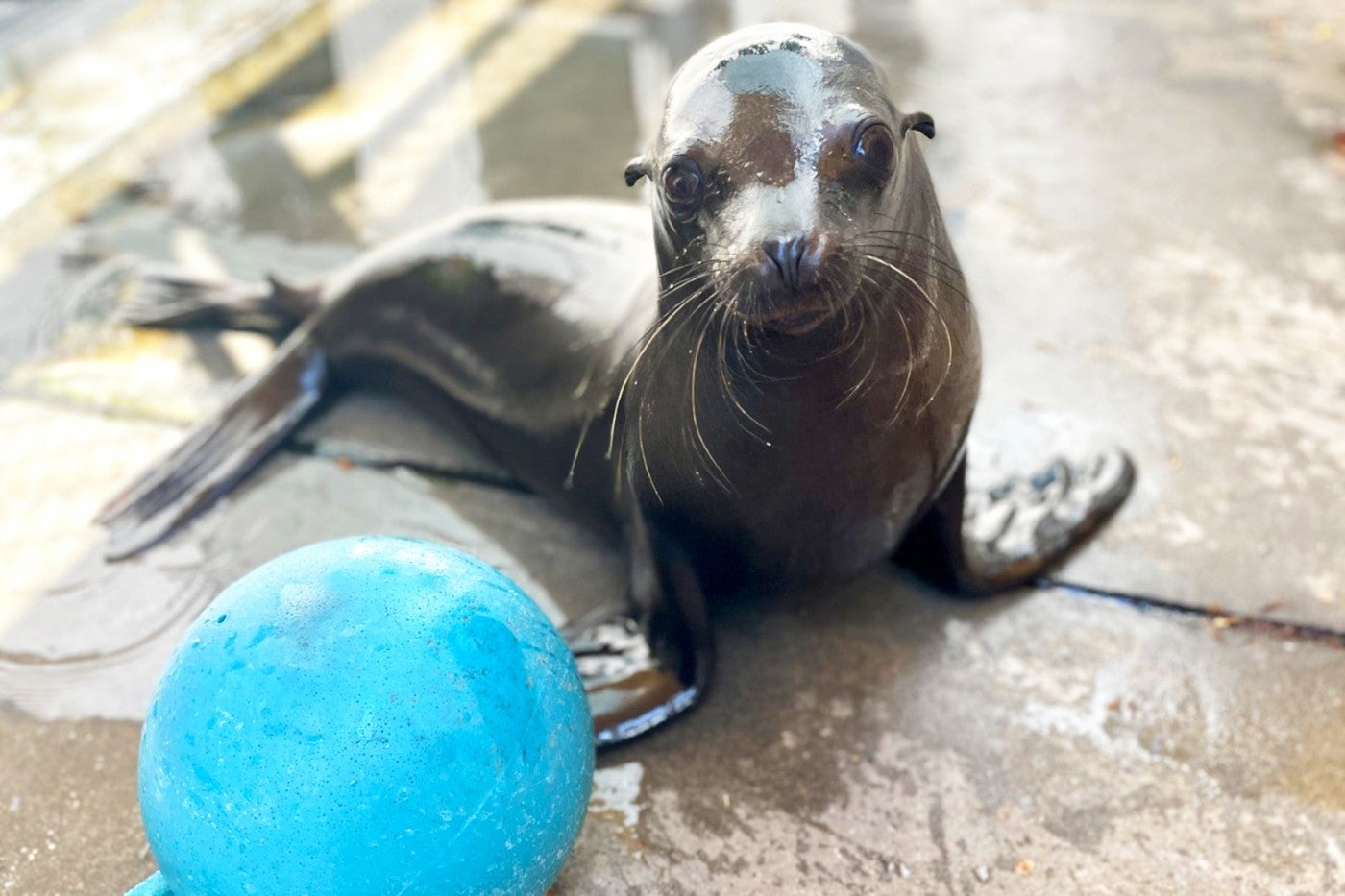
What husbandry training behaviors is Ronin learning?
She is currently learning the very basics of training: target, station, going to the water, backing up away from the keeper, and getting on the scale. These are all essential behaviors for the keeper’s safety while training sea lions and will form a foundation when training future husbandry behaviors. We utilize positive reinforcement training when working with the sea lions. For doing the behaviors asked of them, they receive fish as a positive reinforcer.
Why is it important for us to tell sea lions’ story?
Although the International Union for Conservation of Nature considers sea lions a species of least concern, they still face many human threats in their habitat. When we change our behavior and make choices to protect sea lions, their habitat and the other animals that live there will be impacted as well.
Ronin is an incredible ambassador for her species and an amazing success story. We hope that when visitors see her, they understand the impact that they have simply by visiting and supporting zoos and aquariums.
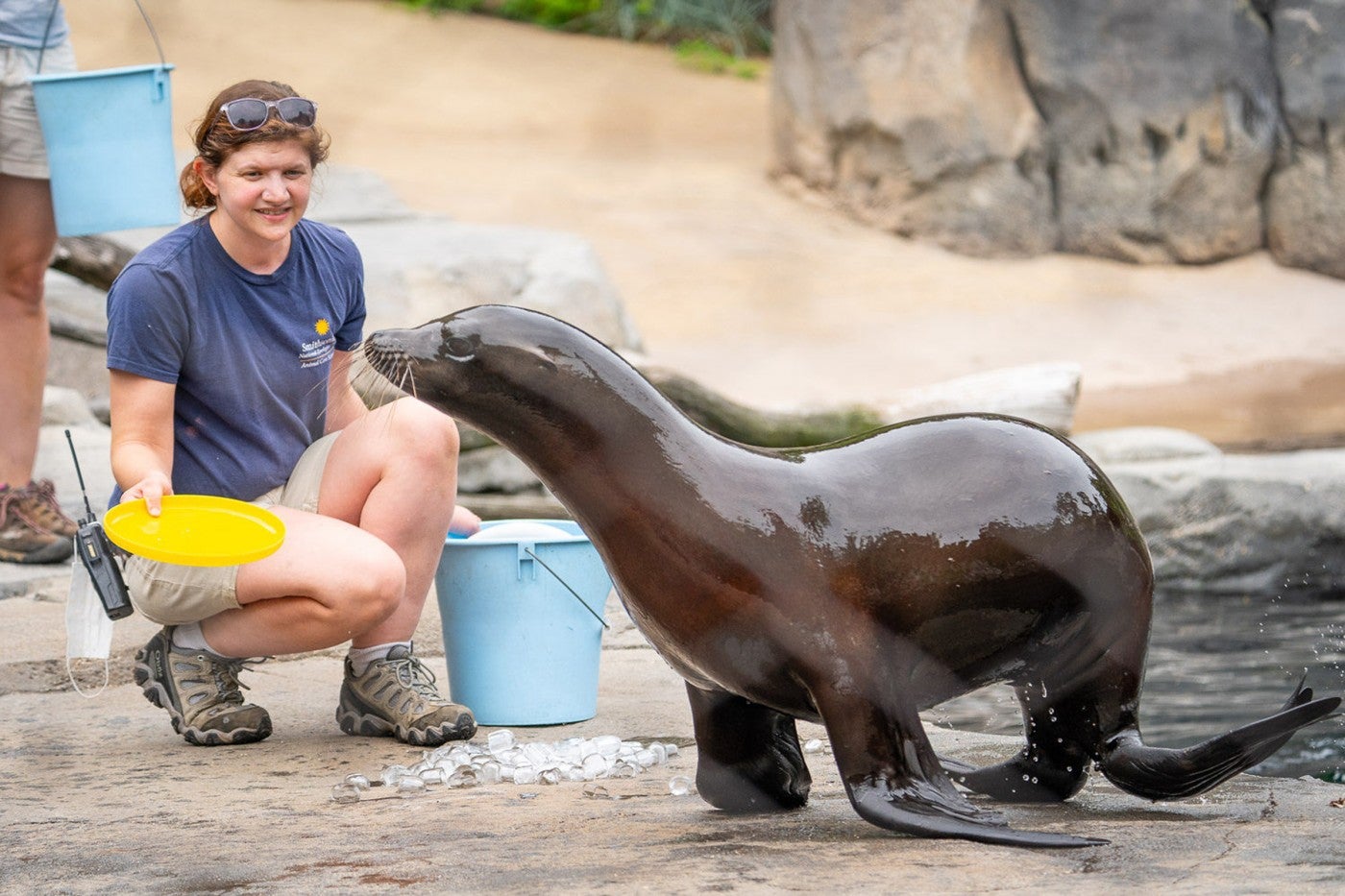
Got any tips for spotting her on exhibit?
We do a daily training demonstration at the sea lion exhibit at 11:15 a.m. Although Ronin is not front and center right now, staff will still train her at this time. She can often be spotted near the split level underwater viewing area where Celia tends to interact with guests.
I want to help sea lions! What steps can I take to protect them?
Sea lions face many threats in the ocean including: plastic pollution, difficulty finding enough food items, and toxic algal blooms due to fertilizer run-off. The good news is, there are many ways to help sea lions and their habitat!
Sea Lions currently face the threat of not being able to find enough to fish to eat. Due to the lack of fish available, females need to travel further out to hunt for themselves. The longer they are gone, the more at risk they are of becoming separated from their pups. At NZCBI, we strive to source the fish our sea lions eat from sustainable sources. By visiting seafoodwatch.org or downloading the Seafood Watch App on any smartphone, you can also make responsible choices when purchasing your seafood!
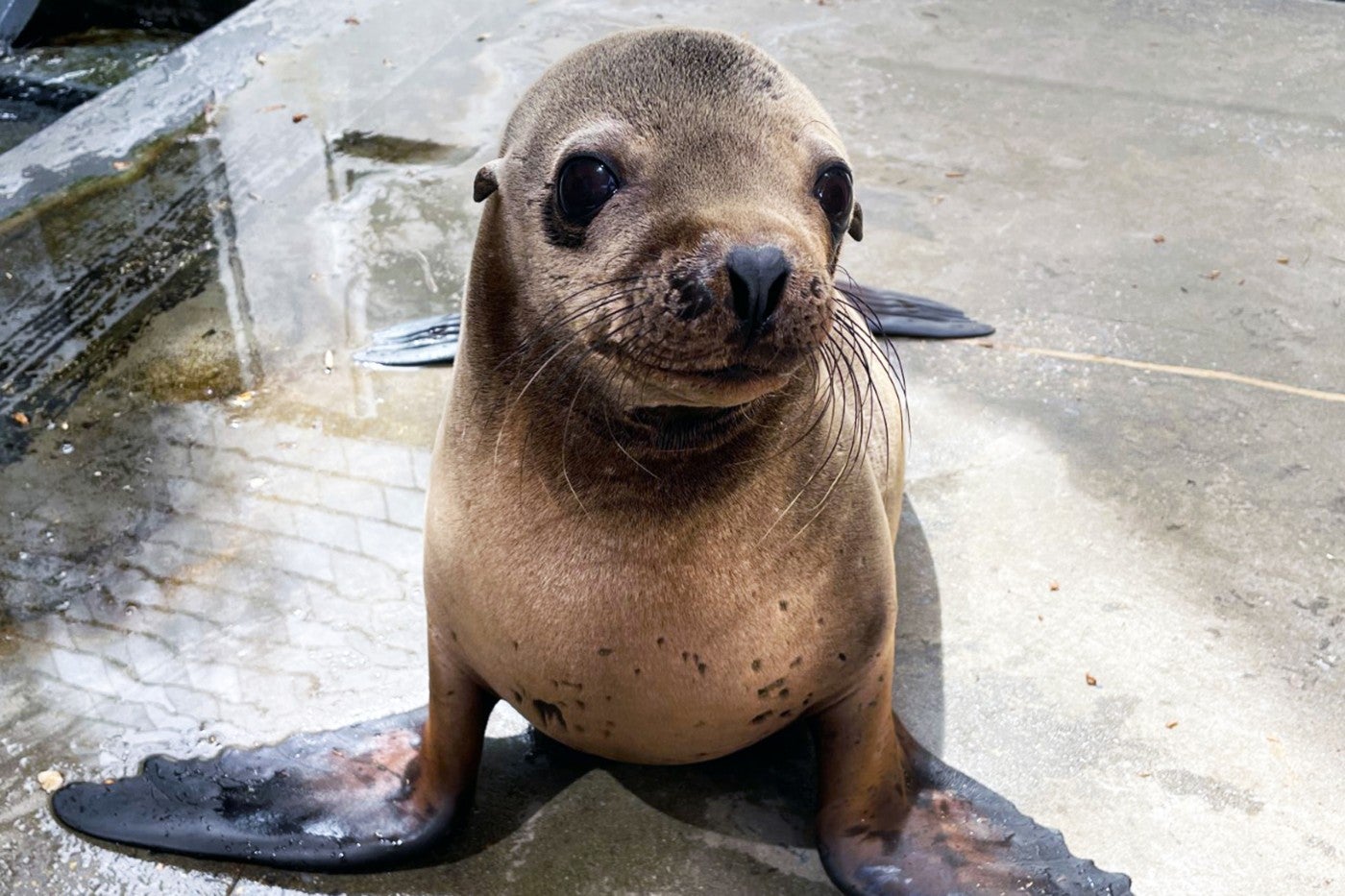
Due to their gregarious personalities and successful training in zoos and aquariums, sea lions are often seen or referred to as “dogs of the sea.” Unfortunately, this leads people to believe that they are an animal that is friendly and that can be approached.
Keepers who work with these animals in a zoological setting are trained to watch for behavioral cues and how to react when aggression occurs. The animals have also been accustomed to training with the keepers and are used to people.
It is important to remember that no one should ever approach any wild animal. Sea lions are carnivores and are territorial of their area. They can cause severe injuries with their teeth and can be easily stressed out by humans approaching. Pups are often left alone on the shore while the mothers go out to hunt for fish and can be gone for up to a day at a time.
Sea lions have been permanently separated from their offspring due to people attempting to intervene. As with any wild animal, if you are concerned about the welfare of a sea lion that appears to be abandoned or in distress, contact a local rescue center that has the resources and trained staff to assess the situation.
This story appears in the May 2023 issue of National Zoo News. During your next visit, don’t miss gray seal Jo-Jo—another new addition to the American Trail family—and more new Zoo residents!
Related Species:

